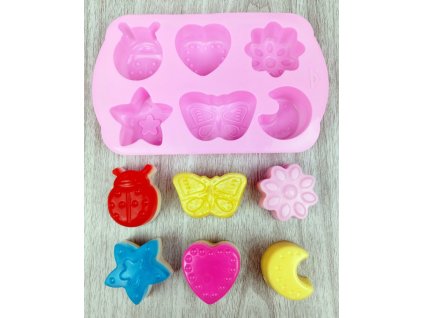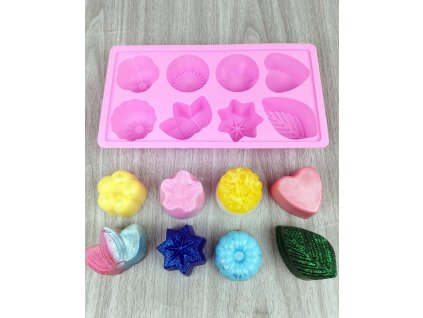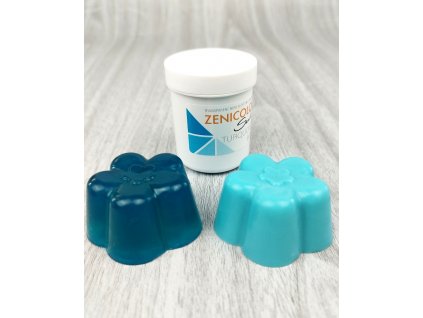Small gift starter kit for making soaps - paws
Enjoy magical fun with a creative scented soap making kit and get the whole family involved! This kit brings you the silicone moulds, fragrances, dyes and other materials and tools you need to make beautiful soaps. Not only that, you'll also find sachets in the set so you can give the soaps you make as a nice treat to your loved ones.
This set combines creative time and useful products that everyone uses. But thanks to the interesting forms, the soaps will not only be useful, but also beautiful.
You can make about 16 - 18 pieces of beautiful soaps from the set.
You don't need to buy anything else to the set, it contains everything for easy creation including instructions in four languages (CZ, SK, DE, EN).
Package size: 19 x 12 x 10 cm.
All our silicone moulds are reusable. Will you want to make more soaps? Just buy more soap mass.




Set contents:
- 1x soap mass transparent 200 g;
- 1x white soap mass 200 g;
- 1x silicone soap mould 12 x 13 x 2 cm;
- 1x silicone soap mould 5 x 5 x 2,5 cm (random variant);
- 1x essential oil: rose;
- 2x liquid soap colour 10 ml: pink (fuchsia), purple;
- 5x paper cup;
- 5x wooden spatula;
- detailed instructions in CZ, SK, DE and EN.
Everything is packed in a beautiful gift box of a randomly selected colour measuring 19 x 12 x 10 cm.
Additional parameters
| Category: | Soap making kits |
|---|---|
| Weight: | 1.1 kg |
| The item has been sold out… | |
Be the first who will post an article to this item!
Be the first who will post an article to this item!








